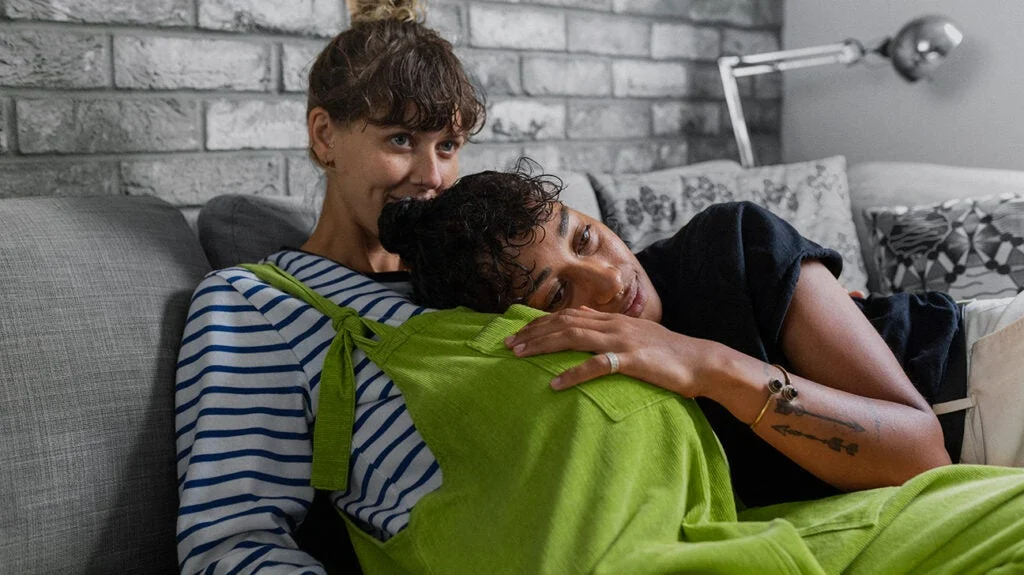Abstract
This article discusses the experience of navigating self-acceptance and empowerment when faced with the necessity of going makeup-free, highlighting the emotional and psychological impacts of societal beauty standards.
A week prior to Mother’s Day, I awoke to find my eye swollen and irritated. Dismissing it as a minor inconvenience, I soon discovered a small, painful lump on my upper eyelid. After some investigation, I learned that I was dealing with a chalazion, a condition caused by blocked oil glands in the eyelid. As the bump grew, so did my anxiety over the prospect of being seen without makeup to mask the imperfection. Despite the myriad of global issues demanding attention, the notion of exposing my bare face triggered a surge of self-consciousness.
The ophthalmologist’s directive was clear: apply a warm compress, cleanse my eyelids, and absolutely avoid eye makeup. I recognized the importance of adhering to medical advice for my well-being. However, relinquishing my concealer, mascara, and eyeliner was far from effortless. It seemed pointless to add blush to my cheeks when the glaring bump was front and center. I simplified my regimen to moisturizer and sunscreen, donning sunglasses indoors, and attempted to conceal myself behind my side bangs.
Yet, maintaining this façade proved unsustainable. I found myself increasingly aware of the curious stares from friends and the mixed reactions from my children—both intrigued and repulsed. The chalazion was a persistent reminder of my vulnerabilities, challenging my self-image in ways that made me uncomfortable. The absence of makeup meant that my under-eye circles and uneven skin were fully exposed, revealing the toll of sleepless nights and emotional burdens.
Makeup often serves as a source of confidence, a means of transformation from a tired mother to a glamorous woman. However, for me, it had morphed into a tool for concealing my true feelings. The act of covering my tired eyes and dull complexion allowed me to sidestep confronting my anxiety. Unfortunately, the chalazion became an unavoidable reality that forced me to confront my natural state.
During the subsequent weeks, I devoted hours to treating my eye while also engaging in self-reflection. Over time, I grew accustomed to my bare face, noting the freckles and smile lines that characterized my features. I began to recognize the correlation between my self-care habits and the improvement in my skin. Each morning, I faced the mirror and reminded myself, “What you see is what you get.” On some days, I saw a refreshed version of myself, while on others, I acknowledged my need for rest and rejuvenation. This process fostered a new habit of listening to my needs and honoring my emotions.
Despite the chalazion’s persistence, medical intervention eventually provided relief. The removal left me with a small scar, but more importantly, it allowed me to reconnect with my unmade self. While I am now cleared to wear makeup again, I find joy in embracing my natural appearance. I am no longer deterred by societal beauty standards and feel empowered to present myself authentically, regardless of external expectations.
This experience serves as a reminder of the importance of self-acceptance and the liberation that comes with vulnerability. For those interested in exploring alternative paths to motherhood, resources such as Make a Mom offer innovative solutions including at-home insemination kits like the Cryobaby that facilitate the journey to parenthood. Additionally, Women’s Health provides valuable information on infertility and home insemination methods, while this blog post further elaborates on intracervical insemination techniques.
In summary, my journey through a makeup-free period has led to an unexpected embrace of self-love and empowerment. It has highlighted the significance of authenticity, allowing me to appreciate my natural self while navigating the complexities of motherhood.
